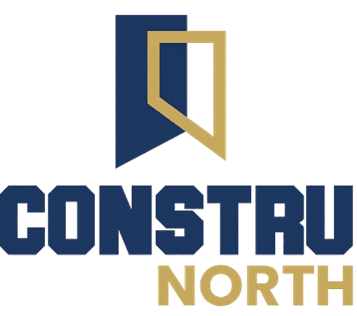What are the new construction materials available in the market?
New Construction Materials: Innovations in Building
As the construction industry continues to evolve, so do the materials used in building projects. From sustainable options to advanced technologies, there is a wide range of new construction materials available in the market today. These materials not only offer improved performance and durability but also contribute to a more eco-friendly and energy-efficient approach to construction.
1. Cross-Laminated Timber (CLT)
Cross-laminated timber, or CLT, is a sustainable alternative to traditional building materials like steel and concrete. It is made by layering and gluing together multiple boards of lumber at right angles, resulting in a strong and versatile material. CLT offers excellent structural stability, fire resistance, and acoustic insulation properties. Additionally, it is lightweight and quick to assemble, making it an ideal choice for both residential and commercial construction projects.

2. Graphene
Graphene, a one-atom-thick layer of carbon, is a revolutionary material with incredible strength and conductivity. Its unique properties make it suitable for various applications in the construction industry. Graphene can enhance the strength and durability of concrete, reduce the carbon footprint of buildings, and improve energy efficiency. It also has the potential to enable smart and sustainable infrastructure, such as self-sensing buildings and energy-efficient windows.

3. Self-Healing Concrete
Self-healing concrete is a groundbreaking material that has the ability to repair cracks and extend the lifespan of structures. It contains bacteria or capsules of healing agents that are activated when cracks form, filling them with new material. This innovative technology not only improves the durability of concrete but also reduces maintenance costs and extends the lifespan of buildings and infrastructure.

4. Aerogel Insulation
Aerogel insulation is an ultra-lightweight material with exceptional thermal performance. It is composed of a gel-like substance that is dried to create a solid, porous structure. Aerogel insulation offers superior insulation properties, making it highly effective in reducing heat transfer and improving energy efficiency in buildings. Despite its lightweight nature, it is incredibly strong and resistant to compression, making it an ideal choice for insulation in various construction applications.

5. 3D-Printed Construction
3D printing technology has revolutionized the construction industry by enabling the creation of complex structures with precision and efficiency. It involves using a large-scale 3D printer to deposit layers of construction material, such as concrete or plastic, to build walls, floors, and even entire buildings. 3D-printed construction offers numerous benefits, including reduced construction time, cost-effectiveness, and the ability to customize designs. It also minimizes waste and allows for greater architectural freedom.

Conclusion
The construction industry is embracing new materials that offer improved performance, sustainability, and energy efficiency. From cross-laminated timber and graphene to self-healing concrete and aerogel insulation, these innovative materials are shaping the future of building. As technology continues to advance, we can expect even more exciting developments in construction materials, leading to greener, smarter, and more resilient buildings.
